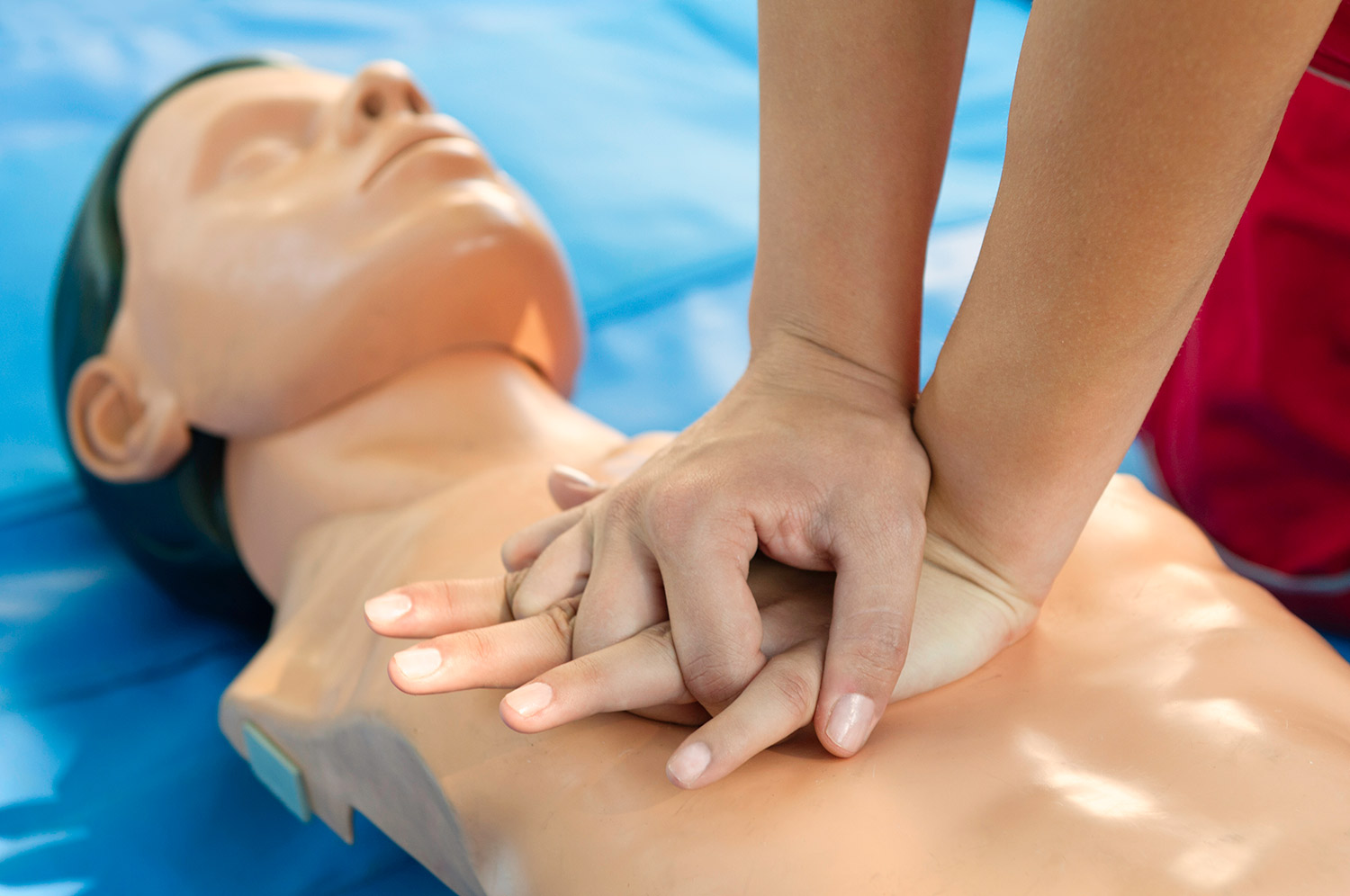
With this risk in mind, Assembly Bill 1639 (Maienschein, R-San Diego) requires coaches of athletic activities to complete the sudden cardiac arrest prevention training course and retake the course every two years. Beginning July 1, 2019, a coach who does not comply with the training requirement will be suspended from coaching until the course is completed. The requirement applies to coaches of interscholastic athletics, cheerleading and noncompetitive cheerleading, club-sponsored sports activities and practices, and interscholastic practices and scrimmages (but not physical education classes).
“We have reached out to nearly 3,000 schools with information about the Eric Paredes Sudden Cardiac Arrest Prevention Act and a free toolkit for schools is available on our website,” said Sarah Thompson, executive director of the Eric Paredes Save a Life Foundation, which sponsored the legislation.
Under the law, coaches are required to remove students who faint — the number one sign of a heart condition — from play. Those students must then be cleared by a licensed medical professional before they return to the sport. Parents and students also have to sign a sudden cardiac arrest acknowledgement form. Schools and districts are encouraged to post information and resources on sudden cardiac arrest warning signs, risk factors, training, safety and prevention protocol. Due to the need for a quick response, training includes cardiopulmonary resuscitation, or CPR, and use of an automated external defibrillator.
These efforts aim to prevent fatalities from a condition estimated to cause more than 325,000 deaths annually. High school athletes are especially susceptible. The new law also represents progress in a state that has recently drawn attention for minimal standards for student athlete safety.
Last summer, the University of Connecticut’s Korey Stringer Institute listed California next to last among states for its lack of policies to protect student athletes from injury. In particular, the Stringer Institute pointed to California, home to more than 800,000 high school athletes, as being the only state that does not require full-time certified athletic trainers at practices and games. The California Interscholastic Foundation (CIF) has found that just 25 percent of the state’s public high schools employ a full-time athletic trainer. Instead, parents, volunteers and often coaches are responsible for assessing cardiac arrest and other injuries from concussions to heat stroke. Some districts also use booster clubs to raise the funds needed for an athletic trainer, which can cost from $50,000 to $100,000.
According to the California Athletic Trainers Association, an estimated 30 percent of individuals calling themselves athletic trainers in California high schools are not certified and are unqualified. CATA said it plans to introduce legislation this year to require licensing.
The Eric Parades Save a Life Foundation — named for a Steele Canyon High School student who died from SCA in 2009 — provides free screenings at San Diego-area schools. Working with CIF and the California Department of Education, the foundation also provides an online toolkit, training for coaches and other resources at https://epsavealife.org/.